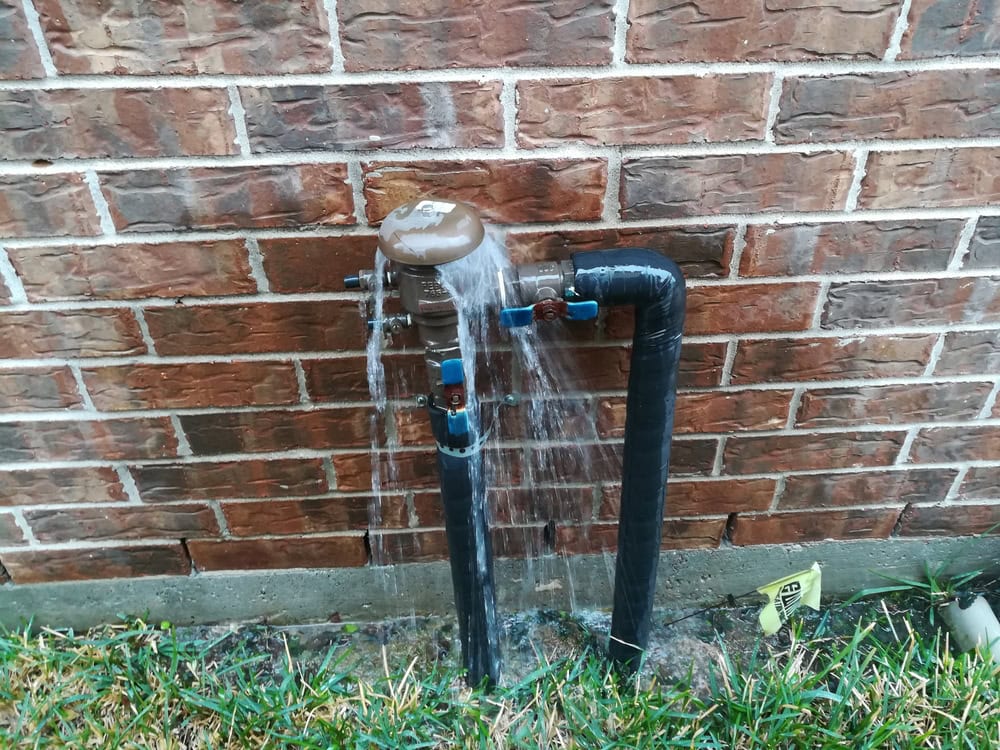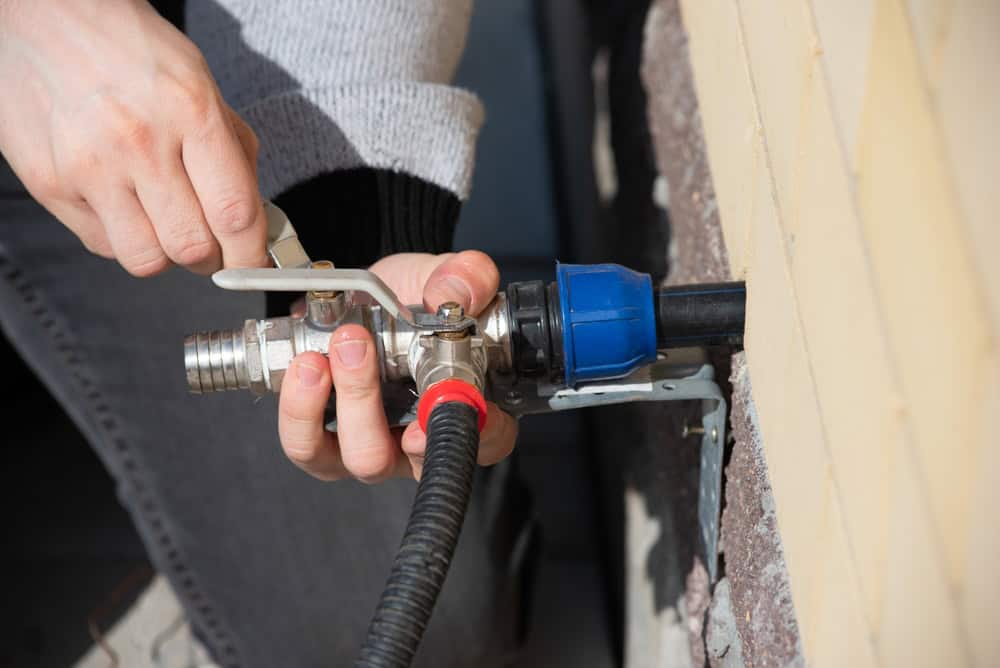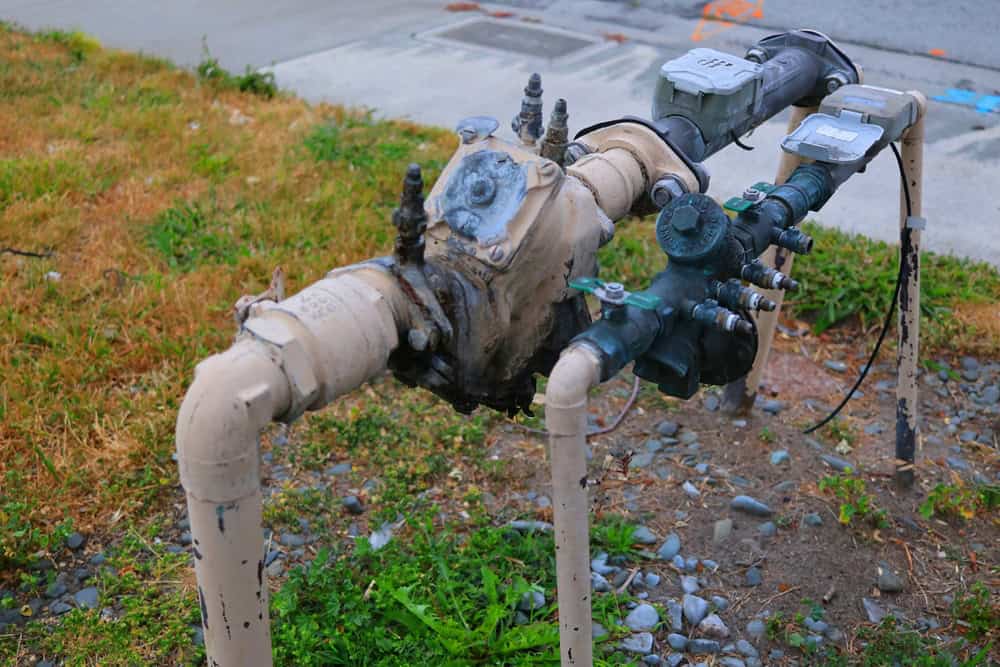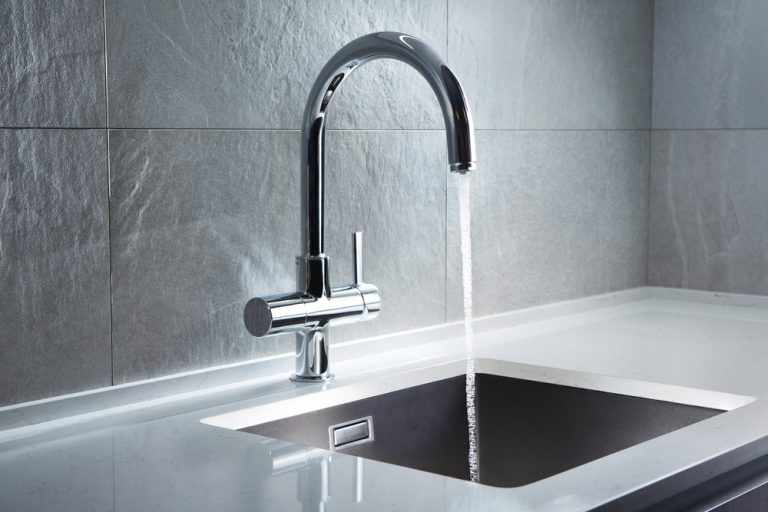Protect Your Home's Drinking Water: Understanding Backflow Prevention

Every year, thousands of people unknowingly fall ill from contaminated water, often mistaking it for stomach flu or food poisoning. The truth is, protecting your home’s drinking water from contamination is crucial. Contaminated water can infiltrate your system through seemingly harmless activities, like using your garden hose. By understanding and utilizing backflow preventers, you can ensure your home’s water supply remains safe.
How Does Contamination Happen?
Contamination occurs when non-potable water flows backward into the clean water supply. Common scenarios include:
- Using an Exterior Hose Bib:
- Watering the dog, leaving the hose on the ground, or connecting it to a fertilizer or weed sprayer increases the risk of dirty water flowing back into your home’s water supply.
- Cross-Connection Risks:
- This happens when contaminated water mingles with potable water, a situation that can be avoided with simple preventive measures.

What is a Backflow Preventer?

To prevent contamination, a backflow preventer ensures water flows in one direction. It acts as a barrier to stop dirty water from entering the drinking water supply.
- Exterior Hoses:
- Many exterior hose bibs include a thick brass backflow preventer fitting where the hose connects. In some cases, the hose bib itself has a built-in backflow device.
- Other Household Devices:
- Fixtures like hot water boilers, steam boilers, and lawn sprinklers typically come with specialized backflow preventers.
- Built-in separation systems, like tub faucets sitting above the tub rim or toilet fill valves placed above the water line, are also common safeguards.
Key Tips to Ensure Water Safety
- Keep Safety Devices in Place:
- While that hose connection backflow preventer may splash water on your foot when turning it off, it is a vital tool in maintaining clean drinking water—never remove it.
- Seek Professional Help:
- If you suspect any issues with backflow prevention, contact your local water utility, plumber, or home inspector for guidance.
- Stay Vigilant:
- Regularly inspect your home’s backflow preventers and ensure all fixtures maintain safe separation between clean and contaminated water.

Conclusion: A Small Step for Big Safety

Backflow prevention devices are a small but essential part of protecting your drinking water from contamination. Whether it’s ensuring a safe hose bib connection or maintaining built-in protections in your home, these measures go a long way in ensuring clean, safe water for you and your family. Always prioritize water safety—it’s worth the effort.